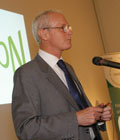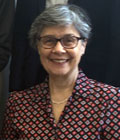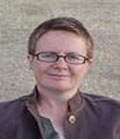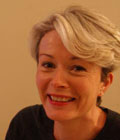Quality of Life and Participation
Quality of Life can be broadly defined as how someone feels from day to day, and participation as what someone does or takes part in. These are key research areas for the team and details of the research projects we are undertaking can be found below:
The Team
Our Quality of Life Studies
ASC-UK
This project is about engaging adults on the autism spectrum and their relatives in research. It is a research programme about the life experiences of adults on the autism spectrum and their relatives/carers.
Daslne

Daslne is the Database of Children with Autism Spectrum Disorder Living in the North East. Its aim is to provide accurate information about children with Autism Spectrum Disorder (ASD) living in North East England.
Futures

This is a project looking at outcomes after Acquired Brain Injury (ABI) outside infancy and early childhood, and how these might be improved, through a better understanding of rehabilitation and its broader effects on the child, family and supporting services.
SPARCLE 1, 2
SPARCLE 1 and 2 were a Study of Participation and Quality of Life of children with Cerebral Palsy living in Europe (Denmark, France, Germany, Ireland, Italy, Sweden, England and N. Ireland).
The Transition Programme

Transition is a 5-year Programme of research looking at how health services can contribute most effectively to the successful transition of young people with complex health needs from childhood to adulthood.
Recently Completed Studies
WHOQOL-BREF
The project explored whether the WHOQOL-BREF is fit for purpose in measuring quality of life of autistic adults. Through extensive consultation with the autism community, some new autism-specific items were developed to make the measure more appropriate.

















